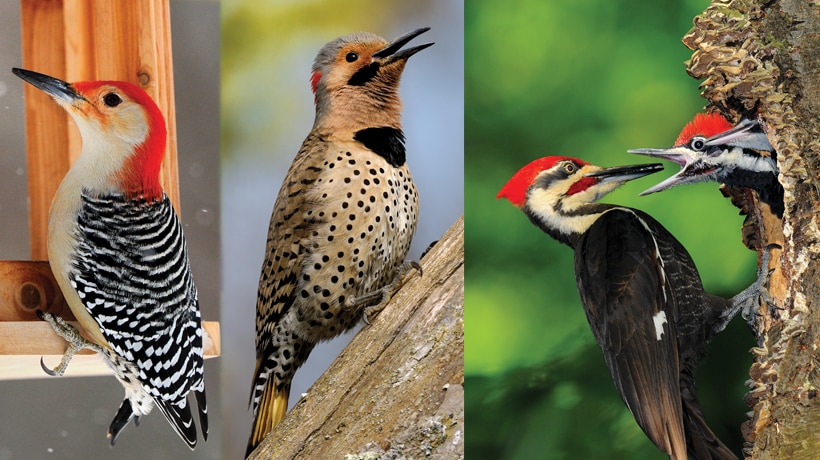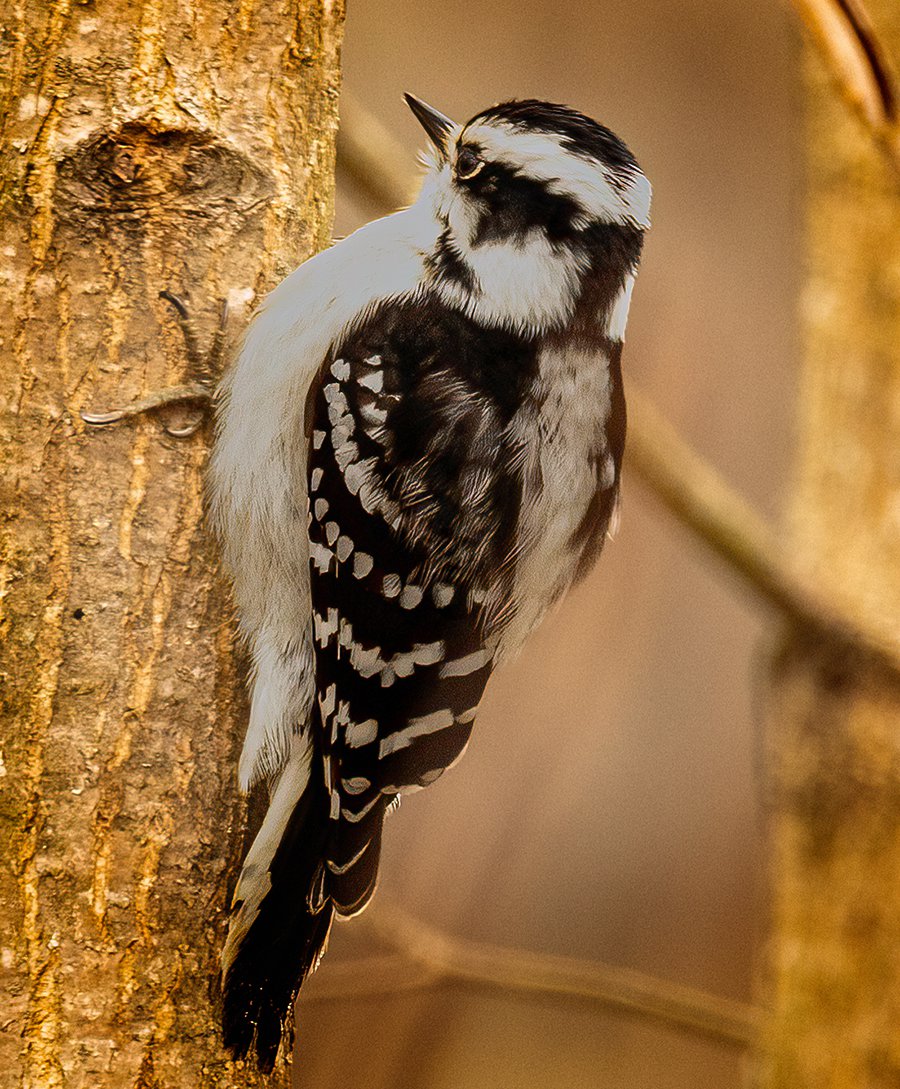Comprehending Woodpeckers in Florida: Habits, Types, and Habitats
Comprehending Woodpeckers in Florida: Habits, Types, and Habitats
Blog Article
Discover the Fascinating Globe of Woodpeckers: Every Little Thing You Need to Know
The globe of woodpeckers is a world filled up with special behaviors, elaborate adjustments, and a diverse variety of species. From their environments and circulation patterns to their feeding practices and specialized physiological attributes, woodpeckers have long mesmerized the passion of ornithologists and nature enthusiasts alike.
Woodpecker Habitats and Circulation
Woodpeckers inhabit a diverse range of environments worldwide, showcasing adaptability in their distribution patterns. These resilient birds are discovered in forests, woodlands, savannas, and deserts across various continents, demonstrating their capability to prosper in various weather conditions. In North America, for instance, woodpeckers can be spotted in both coniferous and deciduous forests, utilizing their strong beaks to forage for bugs and develop nesting cavities in trees. Similarly, in Africa, specific woodpecker species have adapted to dry settings, such as the acacia timberlands, where they play a crucial role in regulating insect populaces.

Feeding Behaviors and Diet Plan
Amongst the various elements of their habits, woodpeckers show distinct feeding routines and dietary preferences. These birds are largely insectivores, with a diet that includes ants, beetles, caterpillars, and various other insects found in trees. Woodpeckers utilize their strong beaks to drill right into the bark of trees, penetrating for insects and larvae hidden underneath the surface. Along with insects, woodpeckers also consume nuts, seeds, fruits, and sap. Some varieties have specialized tongues with barbed ideas that help them remove insects from crevices in wood.
Woodpeckers are understood for their drumming habits, which offers not just to connect with various other woodpeckers yet likewise to find food. The fast drumming audio is developed by the bird pecking on resonant surfaces like dead trees or metal posts. This actions can bring in insects concealed in the timber, enabling the woodpecker to spot their existence and prey on them.
Special Adjustments for Tree Climbing
In their experienced pursuit of bugs hidden within tree bark, woodpeckers have actually progressed remarkable anatomical attributes that equip them with special adaptations for reliable tree climbing. Woodpeckers have strong neck muscle mass and an one-of-a-kind head framework that absorb the effect of constant pecking, permitting them to climb up and down without causing injury to their minds. These adaptations display the amazing transformative design that enables woodpeckers to navigate trees with precision and efficiency.
Diverse Woodpecker Species Worldwide
With over 200 various species spread out throughout numerous habitats worldwide, the family members of Picidae encompasses a remarkable diversity of woodpeckers. These birds can be discovered in forests, woodlands, savannas, and also urban locations, showcasing their flexibility to different settings. From the useful link renowned Northern Flicker in The United States And Canada to the colorful and evasive Crimson-backed Flameback in Asia, each woodpecker species exhibits unique characteristics in regards to tuft, behavior, and environment preference.
Woodpeckers differ greatly in size, with the petite Downy Woodpecker gauging around 6-7 inches in size, while the see post powerful Lineated Woodpecker can rise to 17 inches - Woodpeckers in Florida. Their beaks likewise are available in different shapes and dimensions, showing their feeding behaviors. Some varieties specialize in removing pests from tree bark, like the Acorn Woodpecker, while others, such as the Black-cheeked Woodpecker, feed upon fruits and seeds

Preservation Efforts and Challenges
Conservation initiatives for woodpecker populaces are important in mitigating the impact of habitat loss and other threats encountering these varied bird types. Woodpeckers deal with different obstacles to their survival, mainly due to logging, urbanization, climate change, and invasive species. To deal with these issues, conservation efforts concentrate on safeguarding and bring back woodpecker environments, implementing lasting forestry practices, and increasing awareness about the importance of these birds in ecological communities.
One considerable obstacle in woodpecker preservation is the fragmentation of their habitats, resulting in isolated populations that are more prone to termination - Woodpeckers in Florida. Preservationists work to develop wildlife passages and protected areas that connect these fragmented habitats, allowing woodpeckers to relocate in between different locations for feeding, reproducing, and sanctuary
)
Final Thought
Finally, woodpeckers are fascinating this contact form birds with distinct adjustments for tree climbing and feeding behaviors. They can be discovered in diverse habitats worldwide, dealing with preservation obstacles due to habitat loss and human activities. Recognizing their environments, diets, and habits is essential for conservation efforts to secure these essential bird varieties. More research study and conservation activities are required to make certain the survival of woodpeckers in the wild.
Report this page